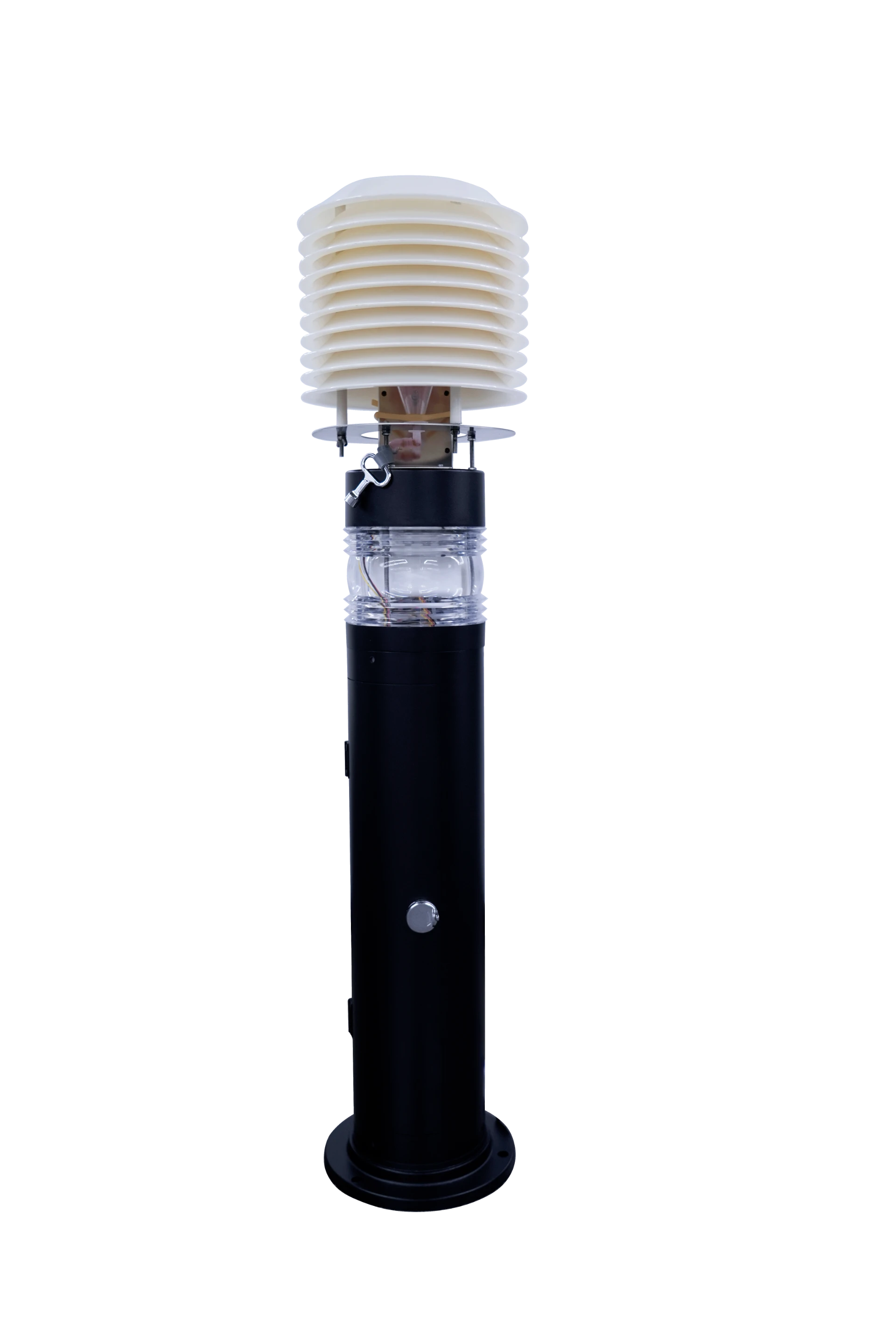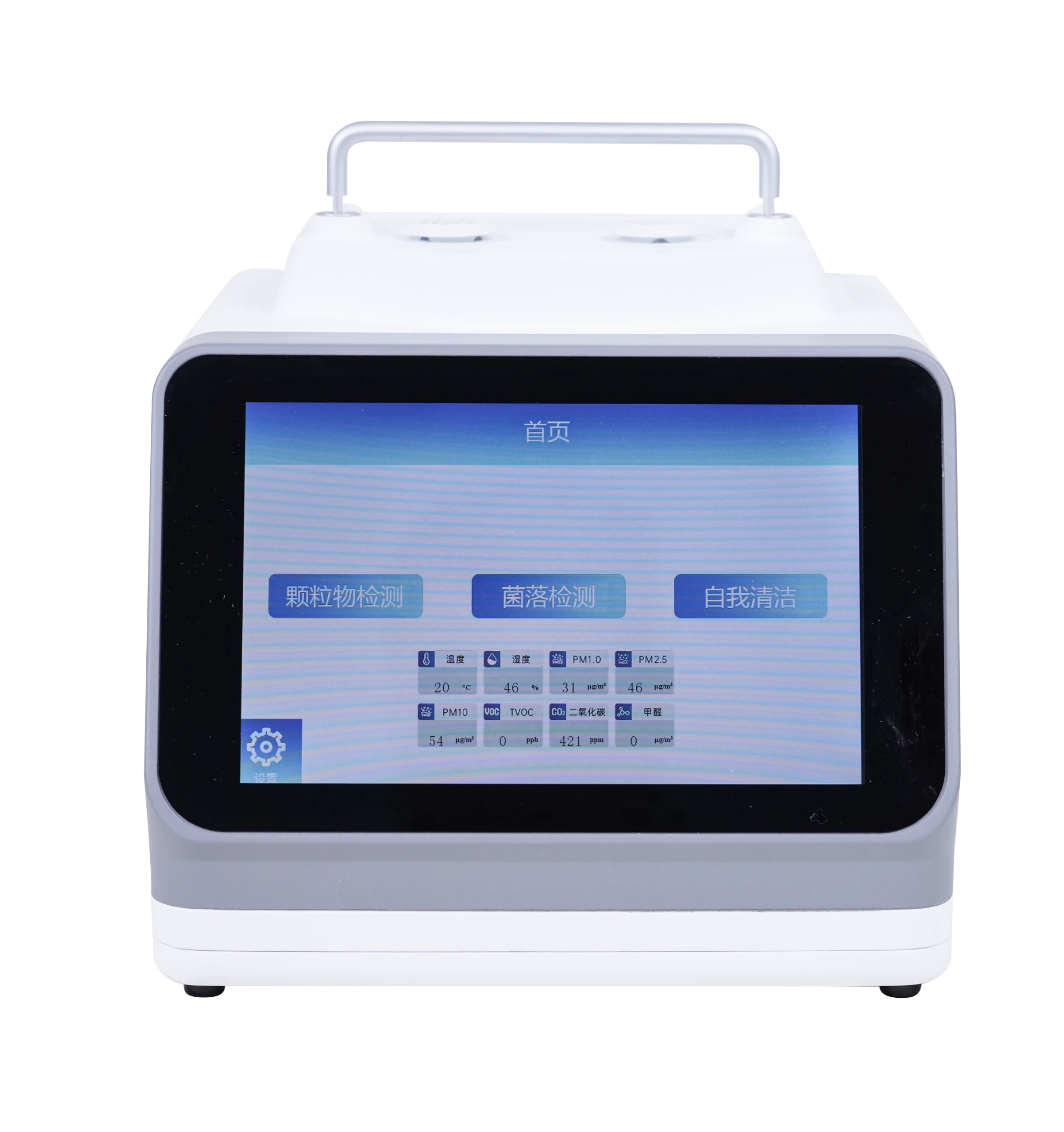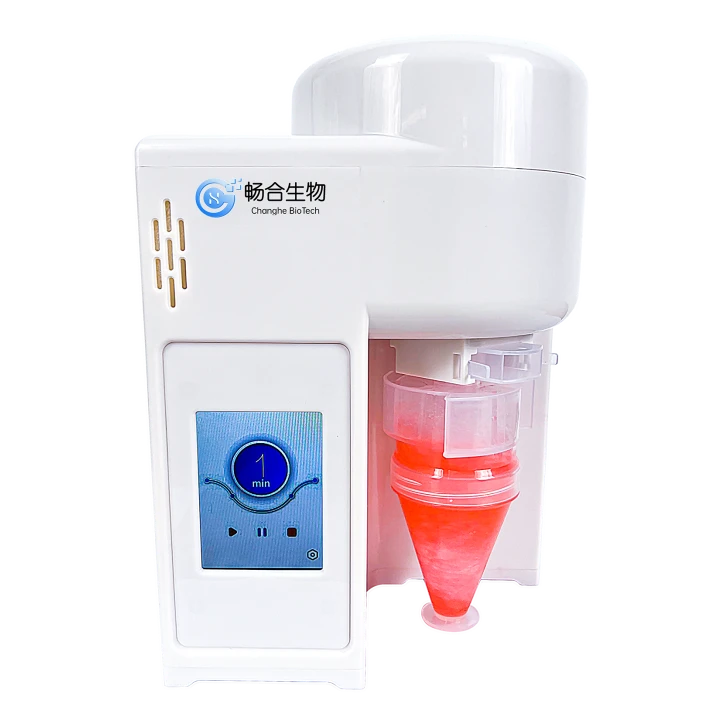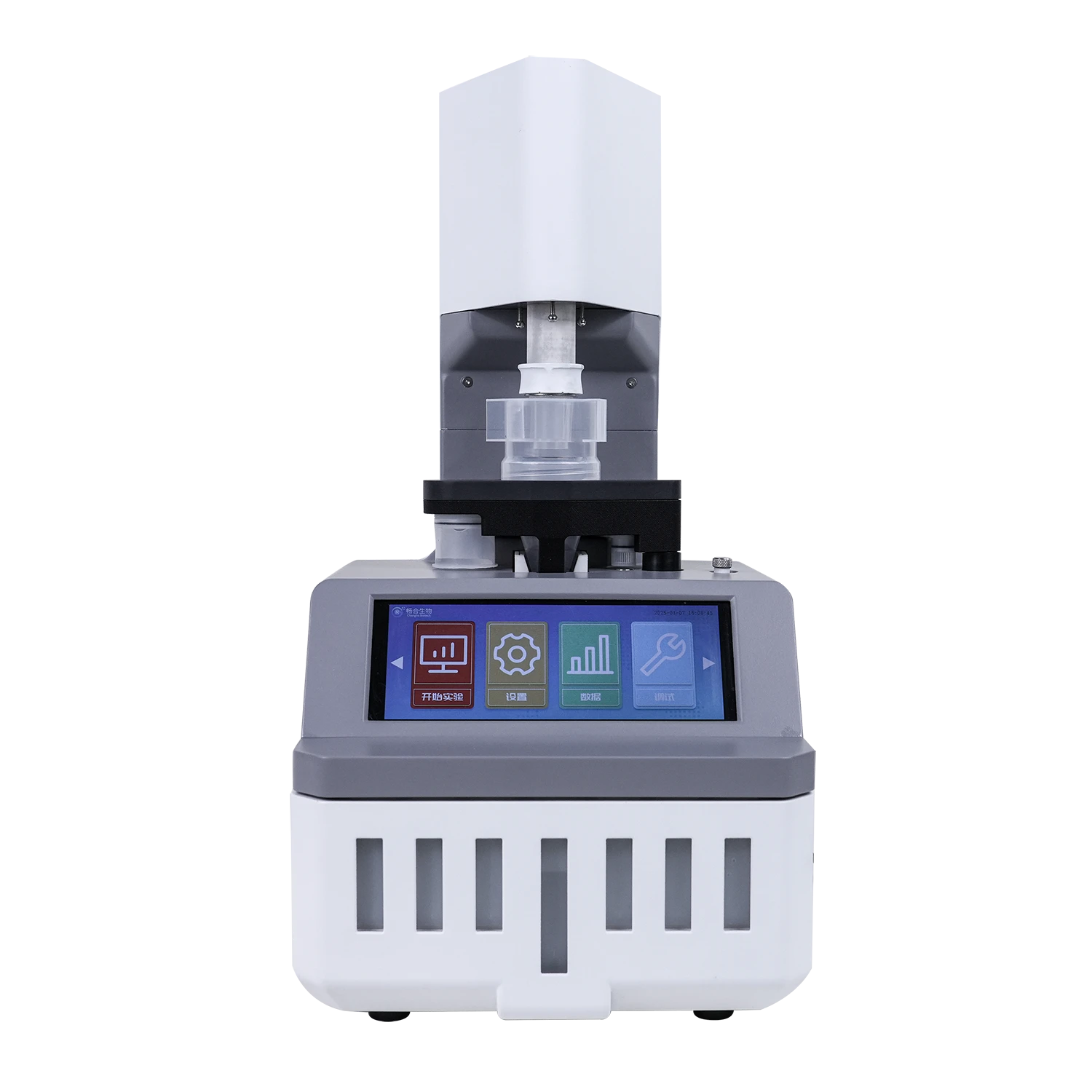
Navigating Bio Sampling Challenges in Extreme Environments
The study of life in extreme environments—from polar ice caps to volcanic vents—has revolutionized our understanding of biology’s limits. However, collecting biological samples (bio sampling) in these harsh settings presents unique hurdles, requiring specialized bio sampler and a deep grasp of aerosol biology. For researchers and industries operating at scale, such as environmental monitoring firms or space agencies, these challenges demand robust, scalable solutions. This article explores the obstacles and breakthroughs in bio sampling under extreme conditions, focusing on technology, logistics, and scientific precision.
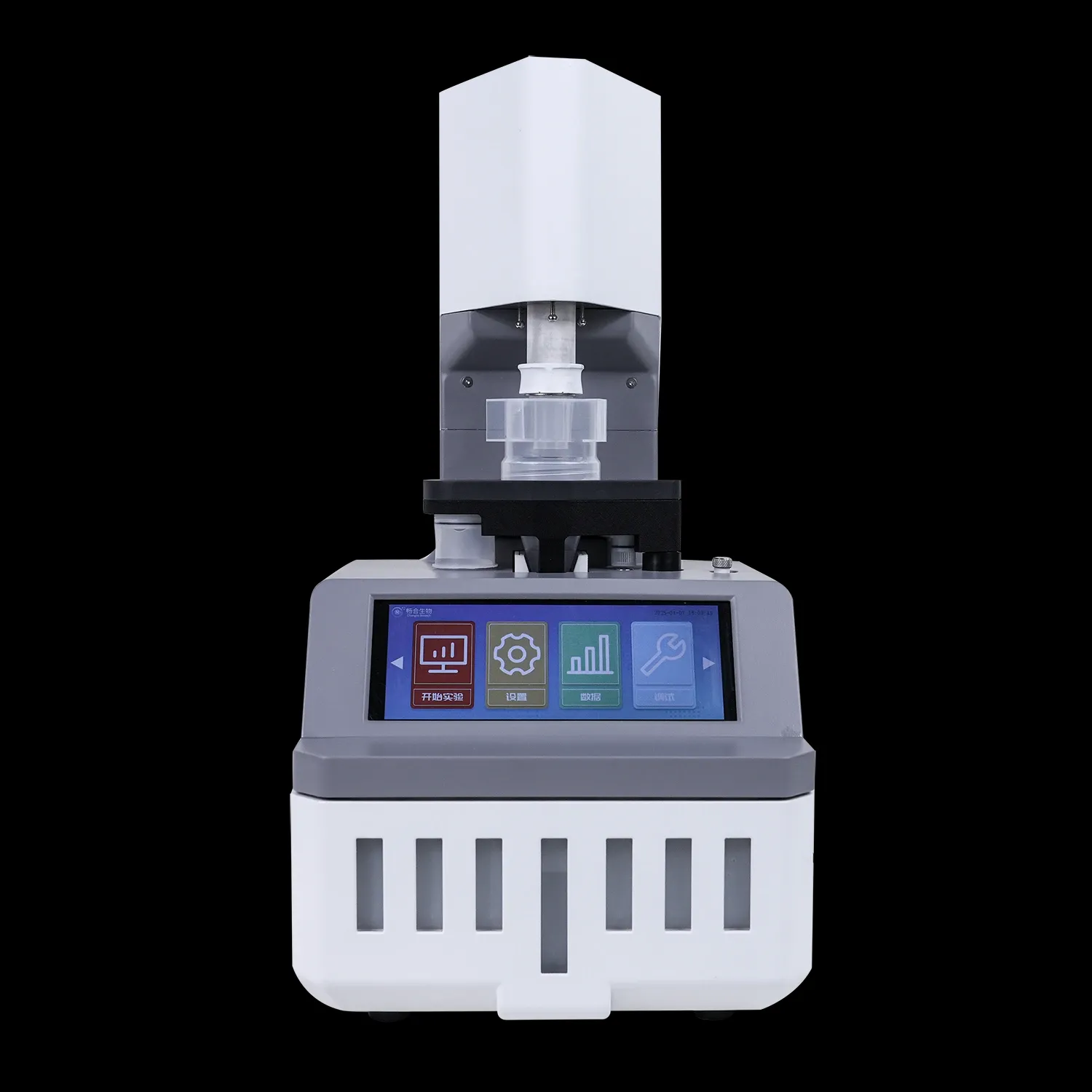
Harsh Conditions and Their Impact on Bio Sampler Performance
Extreme environments—think Antarctica’s sub-zero deserts or deep-sea hydrothermal vents—push bio sampler to their limits. Traditional equipment often fails in such settings due to temperature extremes, pressure fluctuations, or corrosive elements. For example, bio sampler deployed in acidic volcanic lakes must resist pH levels that dissolve standard metals, while Arctic aerosol biology studies require instruments that function reliably at -40°C.
To address this, manufacturers are engineering bio sampler with titanium alloys, ceramic coatings, and hermetically sealed components. These upgrades ensure durability but raise costs—a critical concern for wholesale operators managing large-scale projects. Innovations like solar-powered heated intakes or self-deicing mechanisms are becoming essential for aerosol biology studies in polar regions, where ice buildup can clog sampling ports within hours.
Contamination Risks in Pristine Ecosystems: A Bio Sampling Dilemma
In extreme environments, even minor contamination can skew results or damage fragile ecosystems. For instance, microbes introduced during bio sampling in Mars-analog sites (like Chile’s Atacama Desert) could confound the search for indigenous life. Similarly, aerosol biology studies in cleanrooms for space missions demand zero particulate intrusion.
Wholesale solutions include single-use, sterilizable bio sampler and negative-pressure chambers for field operations. Robotics are also gaining traction; remotely operated samplers minimize human presence in sensitive areas. For aerosol biology, HEPA-filtered intake systems and real-time particle counters help maintain sample purity, though these add complexity and cost to large deployments.
Logistical Barriers to Large-Scale Bio Sampling Operations
Transporting equipment and personnel to remote or inaccessible sites is a monumental task. A single bio sampling expedition to Antarctica’s Dry Valleys might require helicopters, custom gear, and weeks of planning. For aerosol biology projects in high-altitude regions, such as the Himalayas, low oxygen levels and erratic weather further complicate logistics.
Wholesale operators are tackling this by modularizing bio sampler into lightweight, stackable units. Drones equipped with sampling payloads now collect air or water samples from volcanic plumes or glacial melt pools, reducing human risk and cost. Companies like Ice Drilling Program Office (IDPO) have pioneered rapid-deploy bio sampler that integrate with existing polar infrastructure, enabling scalable research across continents.
Adapting Aerosol Biology Techniques for Extreme Atmospheres
Studying airborne microbes (aerosol biology) in extreme environments—such as desert dust storms or volcanic ash clouds—requires rethinking conventional methods. High-velocity winds can damage delicate filters, while abrasive particles wear down bio sampler prematurely. In response, researchers are adopting cyclone-based collectors that separate particles by inertia, preserving sensitive microorganisms.
For wholesale applications, such as monitoring industrial emissions in arid zones, multi-stage bio sampler combine impactors, filters, and liquid impingers to capture diverse particle sizes. These systems are bulkier but necessary for comprehensive aerosol biology analysis. Innovations like 3D-printed, disposable collection chambers are also reducing cross-contamination risks in back-to-back sampling campaigns.
FAQ: Tackling Common Questions About Bio Sample
How do bio sampler withstand corrosive environments like volcanic sites?
Modern bio sampler use materials like titanium, PTFE (Teflon), and glass-reinforced polymers that resist acids and high temperatures. Coatings like diamond-like carbon (DLC) further enhance durability.
What methods prevent contamination during aerosol biology studies?
Sterilizable filters, HEPA-filtered air intakes, and robotic samplers minimize human contact. Real-time particle sensors alert teams to breaches, ensuring sample integrity.
Can drones replace traditional bio sampling in remote areas?
Yes. Drones equipped with bio sampler now collect samples from toxic plumes or crevasses, though payload limits restrict volume. Hybrid systems (drones + ground robots) are emerging for larger-scale operations.
How scalable are extreme-environment bio sampler for industrial use?
Modular designs and bulk manufacturing are making bio sampler more scalable. For example, oil companies use fleets of identical samplers to monitor microbial corrosion across pipelines.
What role does aerosol biology play in climate science?
Aerosol biology studies how airborne microbes influence cloud formation and carbon cycles. In extreme environments like the Arctic, these microbes accelerate ice melt, making their study critical for climate models.
Bio sampling in extreme environments is a high-stakes endeavor, blending cutting-edge engineering with ecological stewardship. For wholesale operators, the challenges—durability, contamination, logistics—are matched by innovations in bio sampler design and aerosol biology techniques. As industries and researchers push into Earth’s final frontiers, these advancements are not just scientific tools but lifelines for understanding and preserving our planet’s most resilient ecosystems.
-
Regulatory Standards for Canine PCR Test in Wholesale MarketsNewsAug.05,2025
-
Portable PCR for Food Safety: Rapid Identification of ContaminantsNewsAug.05,2025
-
Integrating Distemper PCR Test into Feline Wellness ProgramsNewsAug.05,2025
-
Innovations in Mould Detection DeviceNewsAug.05,2025
-
Biological Sampler in Hospital Settings: Tracking Nosocomial InfectionsNewsAug.05,2025

